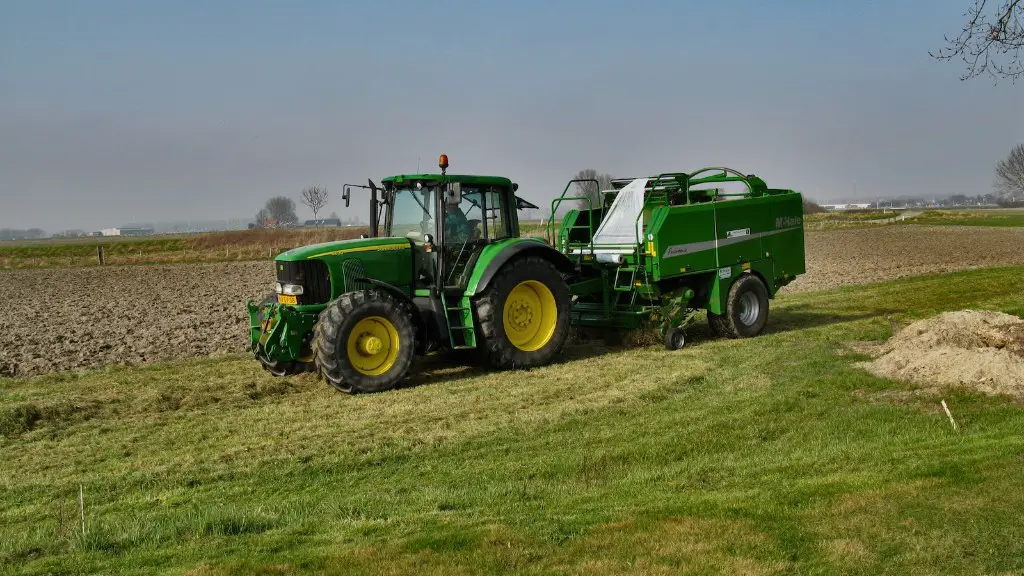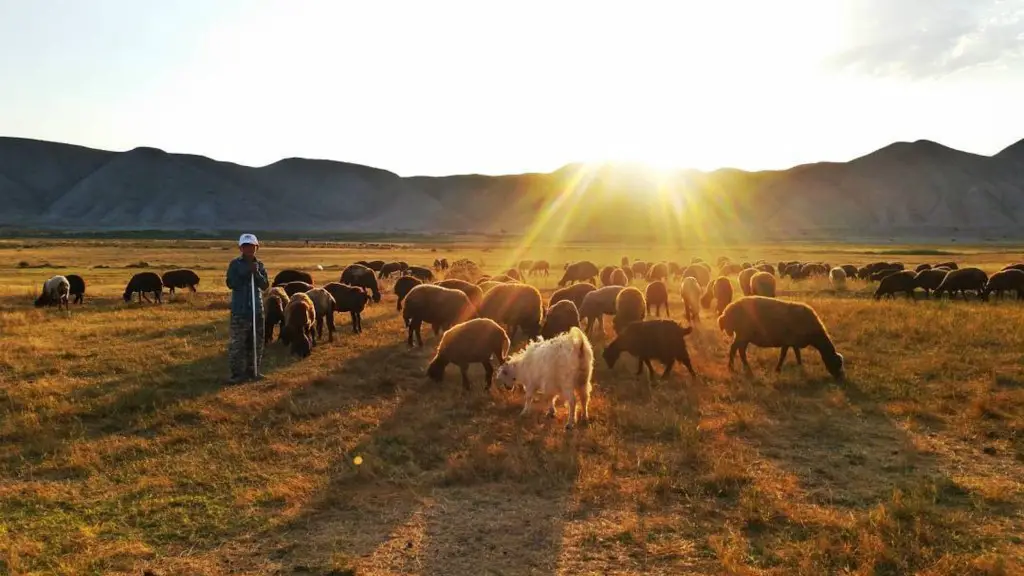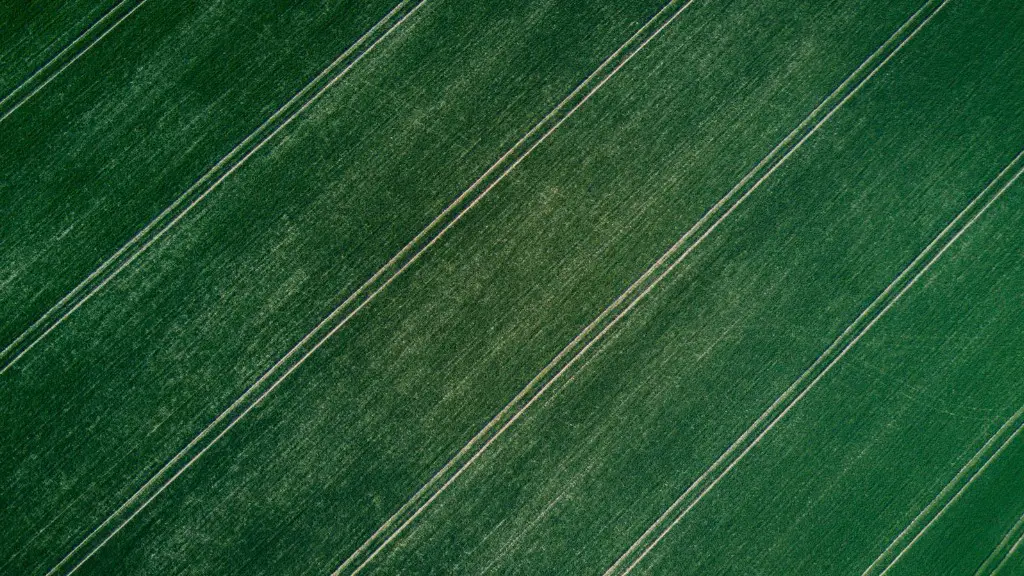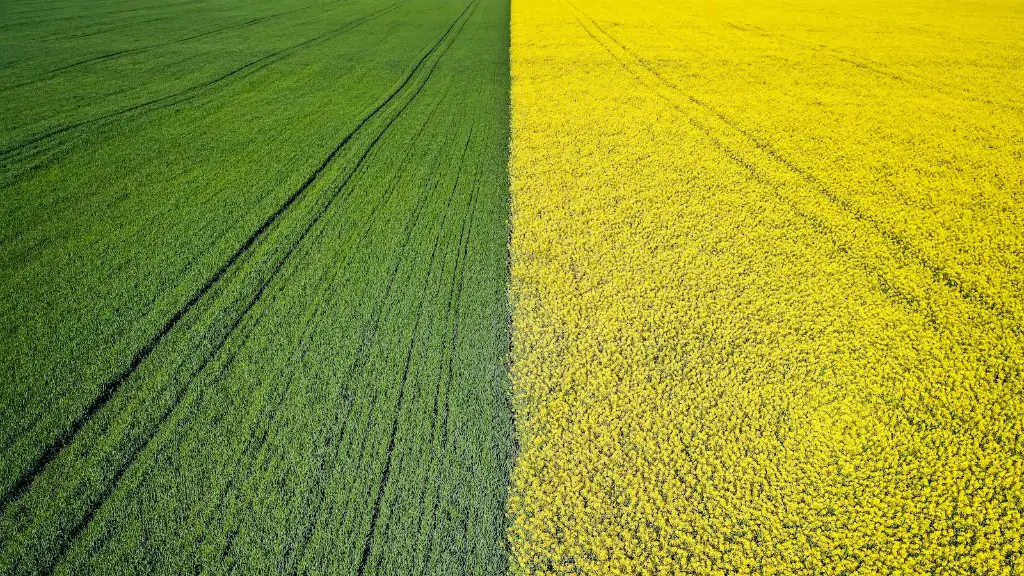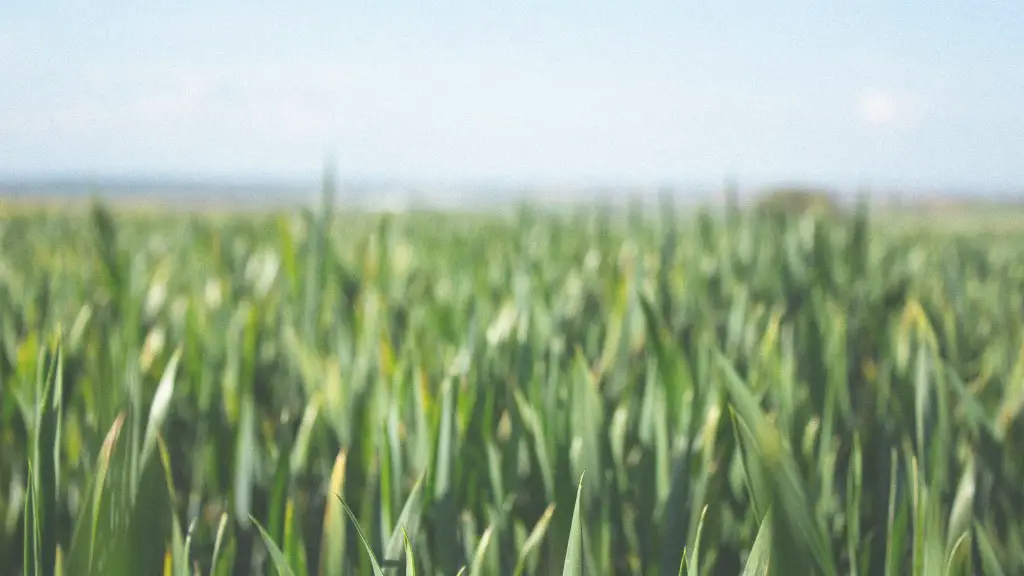In recent years, farmers have been adopting a new type of agriculture known as conservation agriculture. This type of agriculture seeks to minimize the impact of farming on the environment by using a number of different techniques. These techniques include things like reducing tillage, using crop rotations, and planting cover crops. Many farmers are finding that conservation agriculture can help them improve the quality of their soil while also reducing the amount of time and money they spend on farm inputs.
Conservation agriculture is a type of agriculture that focuses on preserving natural resources and biodiversity. This includes practices such as no-tillage, crop rotation, and the use of cover crops. Conservation agriculture can help farmers adapt to climate change and improve their soil health.
What is the meaning of conservation agriculture?
Conservation agriculture is a type of agriculture that uses cover crops, crop rotation, and minimal tilling to produce annual crops. It protects soil, avoids emissions, and sequesters carbon.
Farmers, ranchers, and foresters play a vital role in preserving our natural resources. Conservation programs help them enhance soil health, mitigate water pollution, and create habitat for a diversity of wildlife species. By working together, we can ensure that our land is healthy and productive for generations to come.
What are some types of conservation in agriculture
Conservation agriculture is a type of agriculture that focuses on conserving natural resources, such as soil and water. This type of agriculture is often the result of the collective efforts of many different agricultural movements, such as no-till agriculture, agroforestry, green manures/cover crops, direct planting/seeding, integrated pest management, and conservation tillage. By using these methods, conservation agriculture can help to improve the sustainability of our food system.
Conservation agriculture is a great way to help improve the health of our soils. By minimizing tillage and soil disturbance, we can help reduce organic matter losses and increase soil carbon and nitrogen stocks. By using permanent soil cover with crop residues and live mulches, we can help improve soil health and reduce erosion. And by intercropping, we can help improve soil fertility and reduce the need for synthetic fertilizers.
Is conservation agriculture sustainable?
Conservation Agriculture (CA) is an ideal system for sustainable and climate-smart agricultural intensification. It is a farming system that involves minimum soil disturbance, maintenance of a permanent soil cover, and diversification of plant species. CA has many benefits for farmers, including higher levels of productivity and profitability, improved soil health, and a reduced impact on the environment.
When agricultural operations are sustainably managed, they can help protect the environment in a number of ways. By preserving and restoring critical habitats, they can help ensure that wildlife has a place to live and thrive. Additionally, by improving soil health and water quality, they can help to keep our watersheds clean and healthy.
What are the three key principles of conservation agriculture?
Conservation agriculture is a sustainable farming method that is based on three principles: crop diversification, minimal soil movement and permanent soil cover. Farmers are increasingly adopting conservation agriculture practices because they help to improve soil health, increase crop yields and reduce the need for costly inputs.
There are a few disadvantages of conservation tillage methods that are worth mentioning. Firstly, it comes with unique equipment costs which can be quite expensive. Secondly, it exposes your farm to fungal disease which can be difficult to control. Thirdly, it requires a large number of herbicides which can be harmful to the environment. Fourthly, you will need a lot of patience before you can reap the benefits of no-till farming. Lastly, no-till farming is not suitable for certain kinds of soils.
What are the challenges of conservation agriculture
The approach of climate-smart agriculture faces various challenges, such as burning the land, livestock eating the crops, and excessive use of herbicides. However, its advantages include increased productivity and conservation of the natural resource base. Despite the challenges, climate-smart agriculture is a promising approach to mitigating and adapting to climate change.
There are many ways to help conserve nature, and every little bit helps. Some ways to conserve nature include planting trees, using alternative energy resources, establishing protected areas, protecting biodiversity, and hunting restrictions. Planting trees helps to replace those that are lost each year to logging and other activities. Using alternative energy resources helps to preserve natural resources. Establishing protected areas helps to keep wild areas wild. Protecting biodiversity is important for the health of the ecosystem. Hunting restrictions help to preserve animal populations. Proper planting helps to prevent soil erosion and helps to maintain healthy ecosystems.
What is the difference between conservation agriculture and conventional agriculture?
In recent years, there has been a growing interest in conservation agriculture (CA) systems, which are designed to be more sustainable than conventional agriculture systems. CA systems typically involve no-tillage and the retention of crop residues on the soil surface. The aim of this study was to compare the effect of two different crop rotation systems – a conventional system based on inversion tillage and bailing of the cereal straw, and a CA system – on soil physical properties and crop yields. The same crop rotation was used for the two systems. Results showed that the CA system had a number of benefits over the conventional system, including improved soil physical properties, higher crop yields, and reduced inputs of fuel, labor, and machinery.
Global support for Conservation Agriculture (CA) as a pathway to Sustainable Intensification is strong. CA revolves around three principles: no-till (or minimal soil disturbance), soil cover, and crop rotation. These practices help to improve soil health, increase crop productivity, and reduce environmental impacts.
How can we practice conservation agriculture
Successful conservation practices incorporate the top five principles of regenerative agriculture in order to minimize the physical, biological, and chemical disturbance of the soil, keep the soil covered with vegetation or natural material, increase plant diversity, and keep living roots in the soil as much as possible. By following these principles, regenerative agriculture can help to improve the health of the soil and the environment as a whole.
Agricultural conservation practices can have a significant impact on the environment by reducing soil erosion, improving water quality, and increasing soil health. One of the most effective ways to conserve resources and improve environmental quality is to implement nutrient management practices. Nutrient management involves adding essential nutrients to the soil to maintain soil fertility, while minimizing the potential for environmental pollution. Conservation tillage is another effective conservation practice that can reduce soil erosion, improve water quality, and increase soil health. Conservation tillage involves minimum soil disturbance, leaving crop residues on the surface, and using management practices that reduce soil compaction. Cover crops are another tool that can be used to improve water quality, reduce soil erosion, and increase soil health. Cover crops are plants that are planted to cover the soil surface and protect it from erosion. They can also help improve water quality by absorbing excess nutrients and minerals from the soil.
What is a synonym for conservation agriculture?
There are many different types of tillage and each has its own advantages and disadvantages. Conservation tillage is a type of tillage that is designed to minimize soil disturbance and help conserve soil and water resources.
There are many benefits to using conservation tillage practices, including improved soil health, reduced erosion, and improved water quality. In addition, conservation tillage can help reduce greenhouse gas emissions and help farmers adapt to a changing climate.
There are some challenges to using conservation tillage practices, including the need for specialized equipment and higher initial costs. In addition, conservation tillage can sometimes result in lower yields, particularly in the first few years after adoption.
However, the long-term benefits of using conservation tillage practices usually outweigh the challenges, and more and more farmers are adopting these practices each year.
Organic farmers till the soil to prepare for planting, while conservation farmers avoid tilling unless there’s no other choice. This is the most basic difference between the two farming methods. Conservation agriculture helps to preserve the natural resources of the land, while organic farming relies on techniques that are more harmful to the environment.
What are the 5 types of conservation
Soil and land conservation are very important in order to maintain the quality of our environment.Water and energy conservation are also essential in order to protect our environment.Biodiversity and environment conservation are important in order to maintain the balance of our ecosystem.Conservation of other natural resources is also important in order to prevent depletion of these resources.Water conservation at different levels is necessary in order to reduce the impact of water pollution.Energy conservation is also necessary in order to reduce our reliance on fossil fuels.
Zero tillage farming systems can lead to drastic changes in the physical conditions of soil- including decreases in plant yield attributed to lower soil temperatures, higher bulk densities and resistance to penetration, phytoxicity problems, and an increased weed population.
Warp Up
Conservation agriculture is a type of land management that focuses on minimizing soil disturbance and conserving soil and water resources.
In conclusion, conservation agriculture is a type of land management that seeks to minimize the impact of agriculture on the environment. Conservation agriculture involves practices such as no-till farming, crop rotation, and the use of cover crops. These practices help to conserve soil and water, while also reducing the need for chemical inputs.
